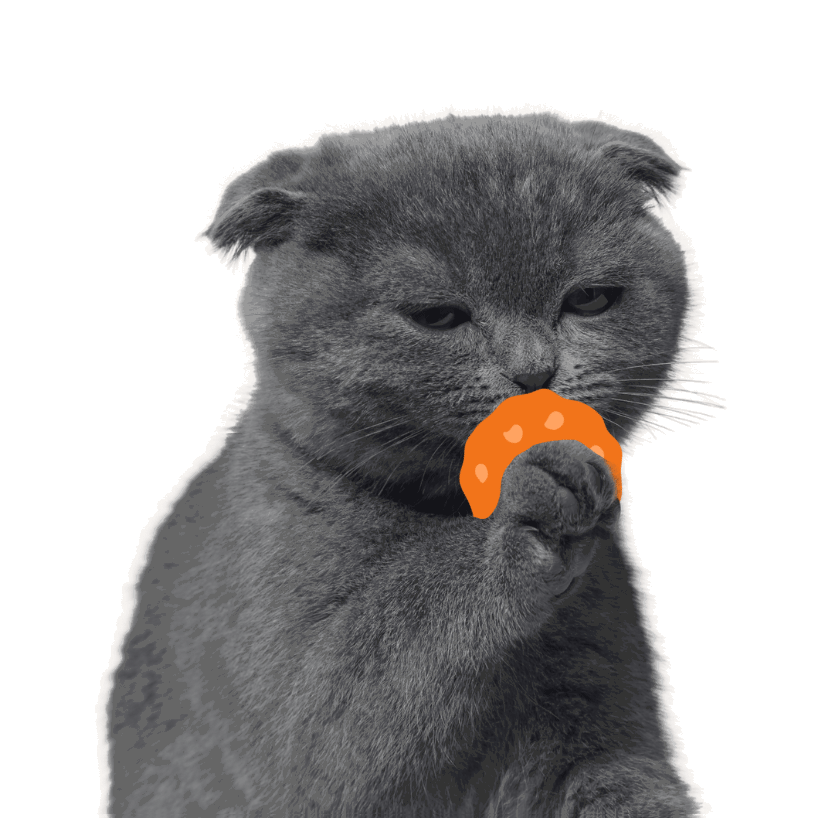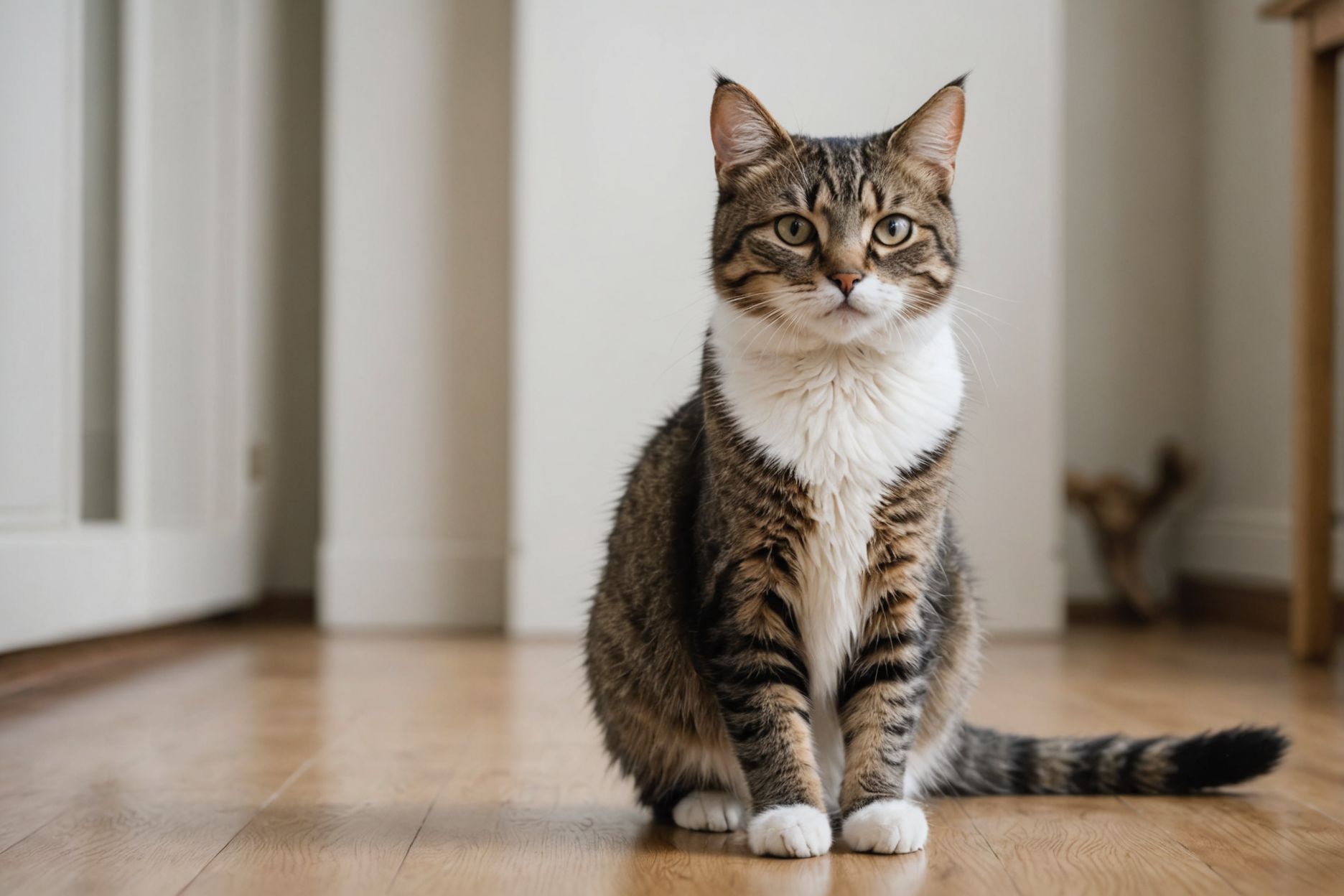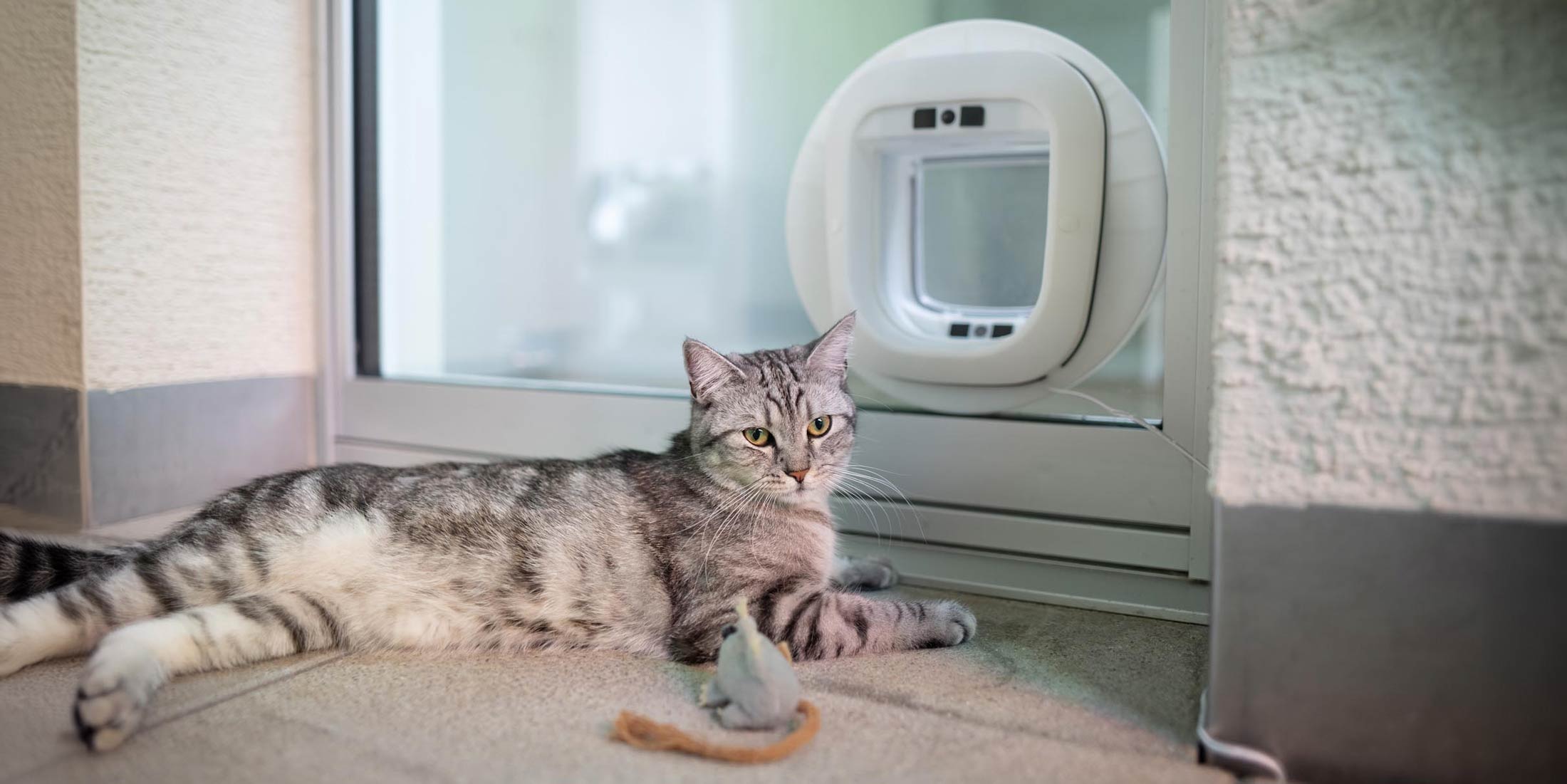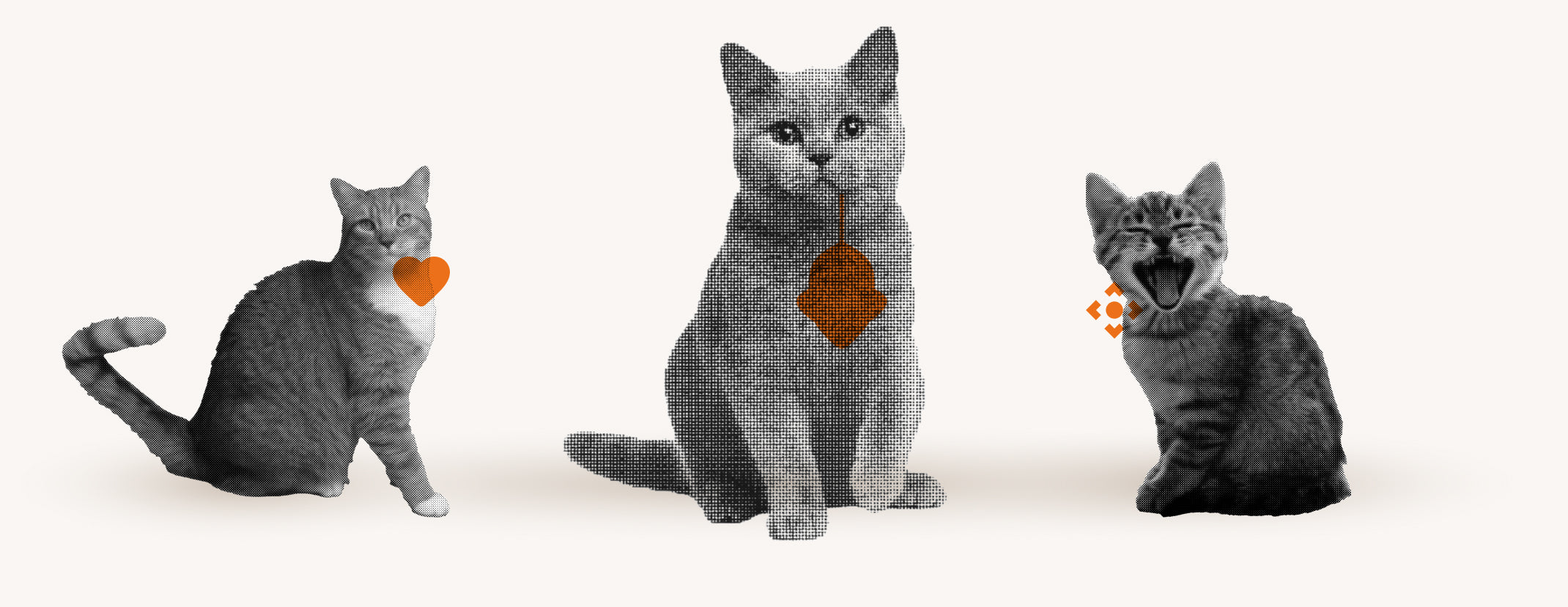Have you ever wondered what your cat is trying to tell you with its tail?
Cats communicate a lot through their tail posture, but often it remains a mystery to us humans what exactly they want to express.
A cat's tail posture provides important clues about its mood and intentions, ranging from friendly self-confidence to insecurity or aggression.
In this blog post, we delve deep into the world of cat tail language and explain how you can understand the different positions and react to them in order to improve your relationship with your cat.
The meaning of tail posture in cats

A cat's tail posture is an important indicator of its mood and intentions. An upright tail often suggests confidence and well-being, while a tucked tail can signal insecurity or fear. By understanding your cat's tail posture, you can better respond to its needs and strengthen your bond.
Different tail positions can have different meanings. For example:
- A tail held high and straight usually indicates satisfaction.
- A tucked tail indicates insecurity or fear.
- A whipping tail can indicate excitement or aggression.
These tips will help you better interpret your cat's mood and react accordingly.
Recognizing playing behavior through body language

When a cat wants to play, it often shows this through specific body language. A raised tail, perhaps with a quivering tip, is one such signal. Additionally, it might exhibit playful behaviors like head nudges or presenting its belly. It's important to interpret these signals correctly in order to respond appropriately to your cat's invitation to play.
Understanding Aggressive Behavior in Cats

Aggressive behavior in cats can be indicated by specific tail postures. A horizontally held tail that swings back and forth, along with raised fur and pinned ears, are clear signs of aggression. These warning signals should be taken seriously to avoid conflicts and ensure the safety of everyone involved.
Interpreting fear signals in cats

Fear in cats is often expressed through a hunched posture, flattened ears, and a tail tucked under the body. Wide-open eyes and raised fur can also be indicators of fear. Recognizing these signs of fear is crucial for being able to support and calm your cat in stressful or threatening situations.
Ear position and its meaning in cat body language
Cats are masters of nonverbal communication, and their ears play a central role. A cat's ability to move its ears independently allows it to convey very specific information about its mood and intentions. For example, forward-facing ears often signal curiosity or attentiveness, while ears laid back can indicate discomfort or fear. Recognizing these subtle differences can help you better understand your cat's needs and feelings.
A cat's ear position can also reveal how it reacts to its surroundings or other animals. For example, erect ears can signal interest or even playfulness, while ears laid back often indicate a defensive or fearful state. The combination of different ear positions is particularly interesting, as it can suggest that the cat is experiencing various emotions or reactions simultaneously. By observing and understanding these signals, you can build a deeper connection with your cat and promote its well-being.
Eye communication in cats
Cats use their eyes extensively for communication. Wide-open eyes can signal excitement or threat, while slightly closed eyes often express relaxation and trust. A particularly interesting phenomenon is slow blinking, which is considered a sign of affection and trust. If you notice your cat blinking slowly at you, you can try reciprocating this behavior to strengthen your bond and show her that you pose no threat.
Relaxation signals in the body language of cats
Relaxation signs in cats are often clearly recognizable and can help you assess your cat's well-being. The most common signs include:
- Half-closed or fully closed eyes
- Relaxed ears, slightly turned forwards
- A loosely hanging tail
- Purring, grooming, and extensive stretching
These behaviors indicate that your cat feels safe and comfortable. Recognizing these signals is important to ensure your cat lives a happy and healthy life.
Understanding the greeting behavior of cats
Cats' greeting behavior can vary, but some common characteristics can help you understand if a cat is friendly. If a cat approaches you with its tail held high and perhaps rubs against your legs, it's showing a friendly and open attitude. Some cats will meow softly or rub their head against you, which can also be interpreted as a warm greeting. These gestures are signs of affection and trust, indicating that the cat feels comfortable and safe in your presence.
Improve your relationship with your cat with Flappie
Understanding your cat's body language is an important step towards building a more harmonious relationship with your pet. Flappie can help you put this understanding into practice. The Flappie smart cat flap uses advanced AI technology to detect if your cat is trying to bring home prey. This not only prevents mess and dirt in your home but also helps reduce stress for your cat that can result from catching and bringing home prey. Here are some of the benefits of the Flappie cat flap:
- Selective access control , which prevents cats from bringing prey into the house.
- Prey detection via camera that uses AI technology.
- Notifications and remote control via the Flappie app, which allows you to control the flap from anywhere.
Frequently Asked Questions
What does the tail position mean in cats?
A cat's tail position provides important clues about its mood and intentions. An upright tail can signal confidence and well-being, while a tucked tail can express insecurity or fear. A whipping tail can indicate excitement or aggression. These positions will help you better interpret your cat's mood and respond accordingly.
What does the position of a cat's tail indicate?
A cat's tail posture is an important indicator of its mood and intentions. For example, a tail held high and straight usually indicates contentment, a tucked tail suggests insecurity or fear, and a whipping tail can indicate excitement or aggression. Understanding these signals will help you better meet your cat's needs and strengthen your bond.
How do cats show fear?
Fear in cats is often expressed through a hunched posture, flattened ears, and a tail tucked under the body. Wide-open eyes and raised fur can also be indicators of fear. Recognizing these signs of fear is crucial for being able to support and calm your cat in stressful or threatening situations.
How do cats show that they want to play?
When a cat wants to play, it often shows this through specific body language. A raised tail, perhaps with a quivering tip, is one such signal. Additionally, it might exhibit playful behaviors like head nudges or presenting its belly. It's important to interpret these signals correctly in order to respond appropriately to your cat's invitation to play.





Share:
Cat Training Neck Grip: Alternatives and Risks
Cats Keeping Busy Ideas: Tips for Home